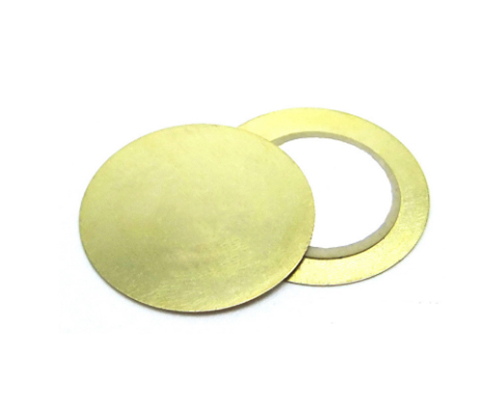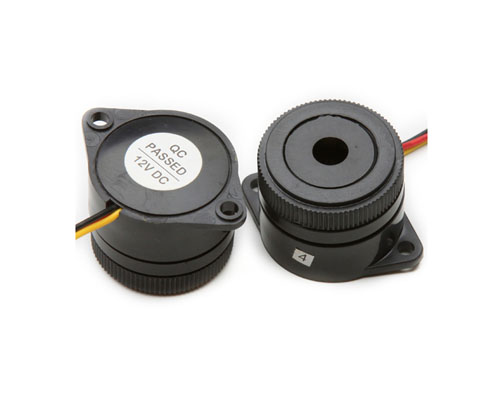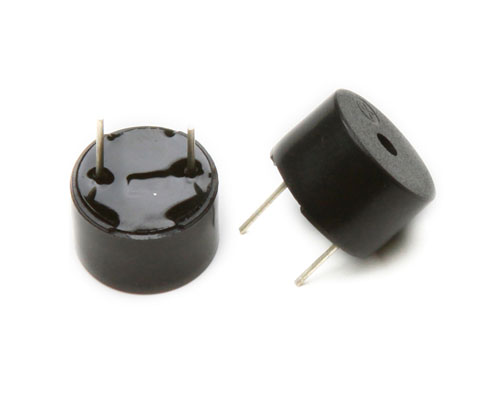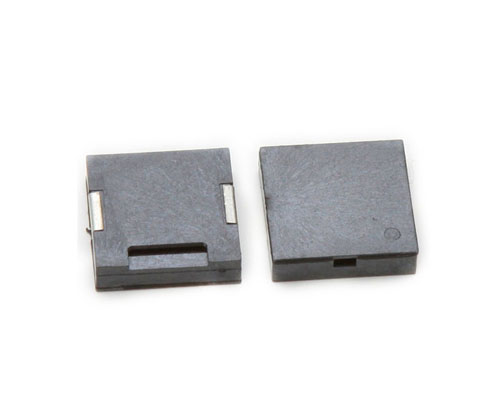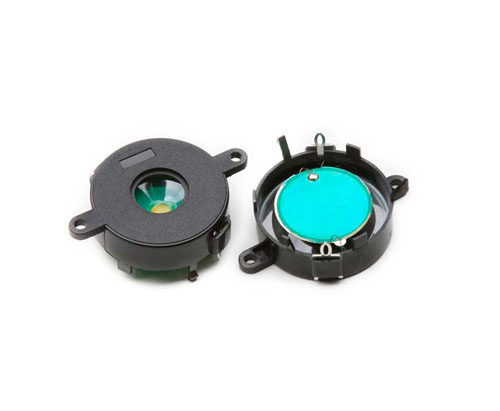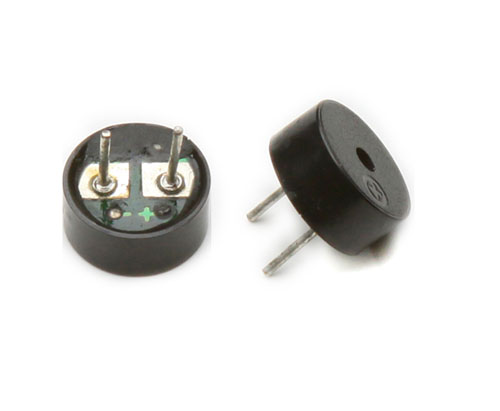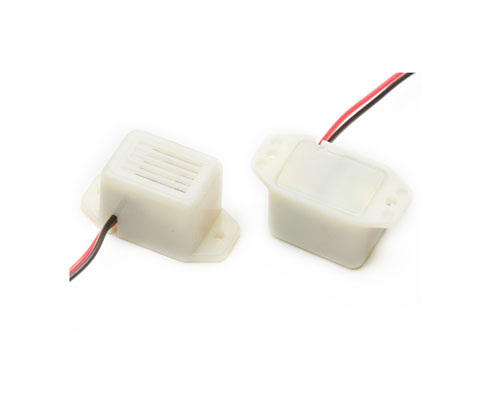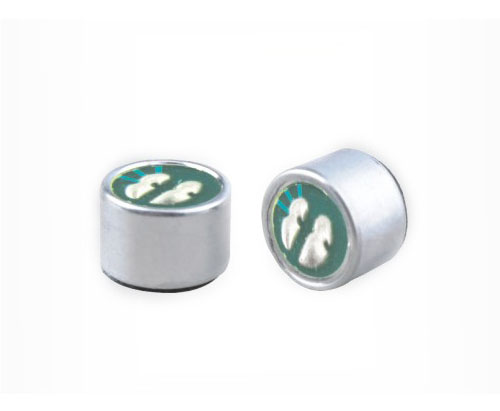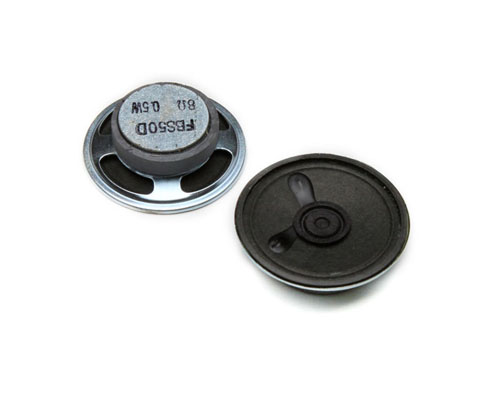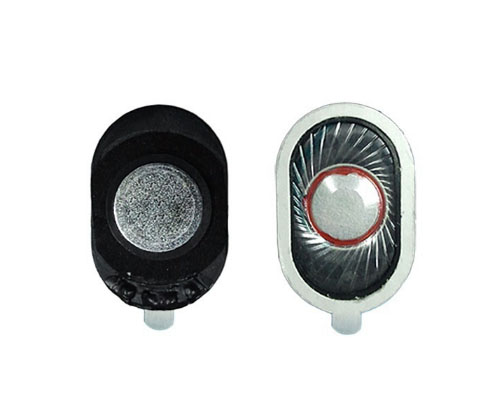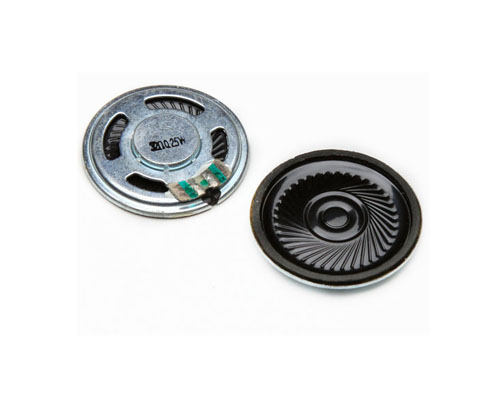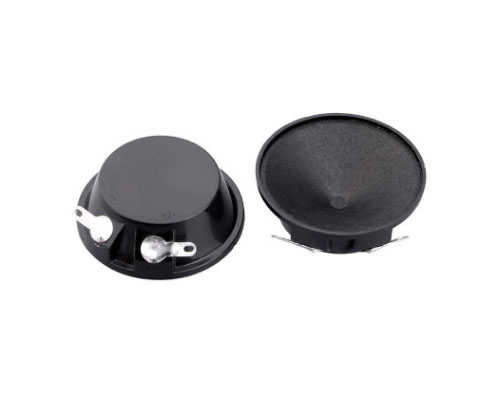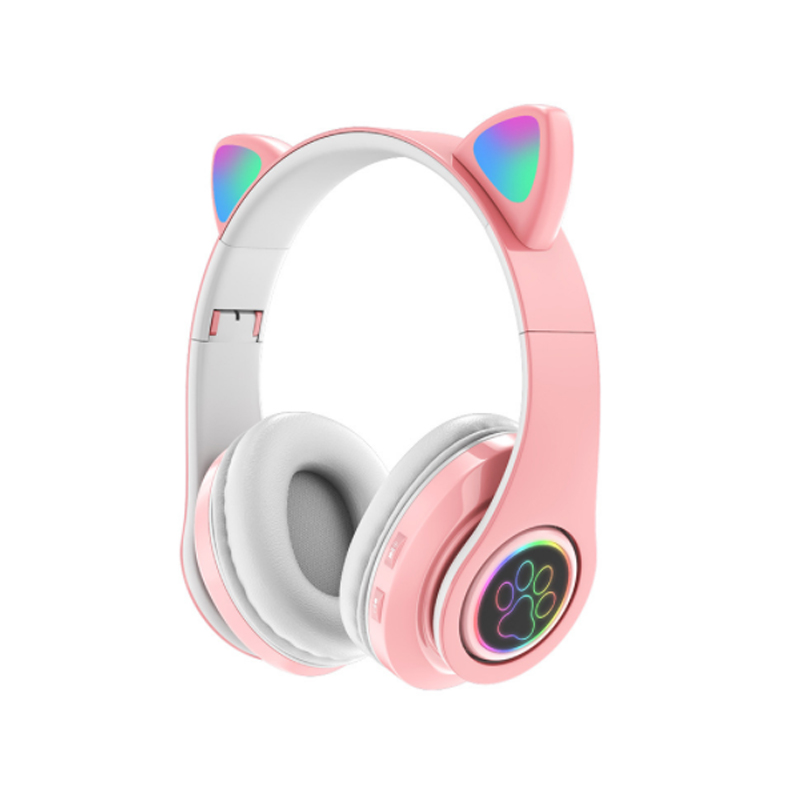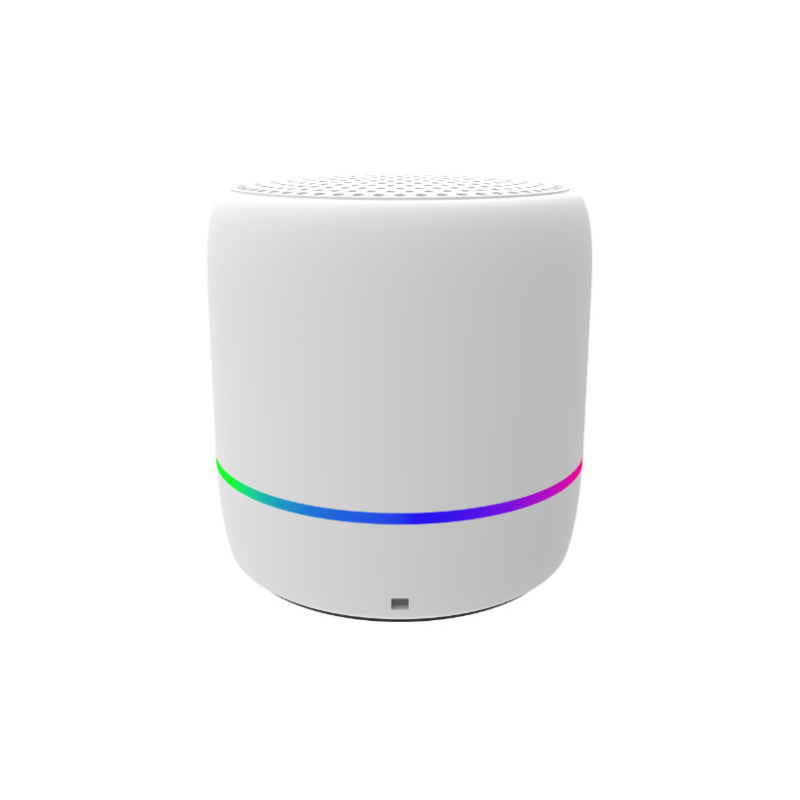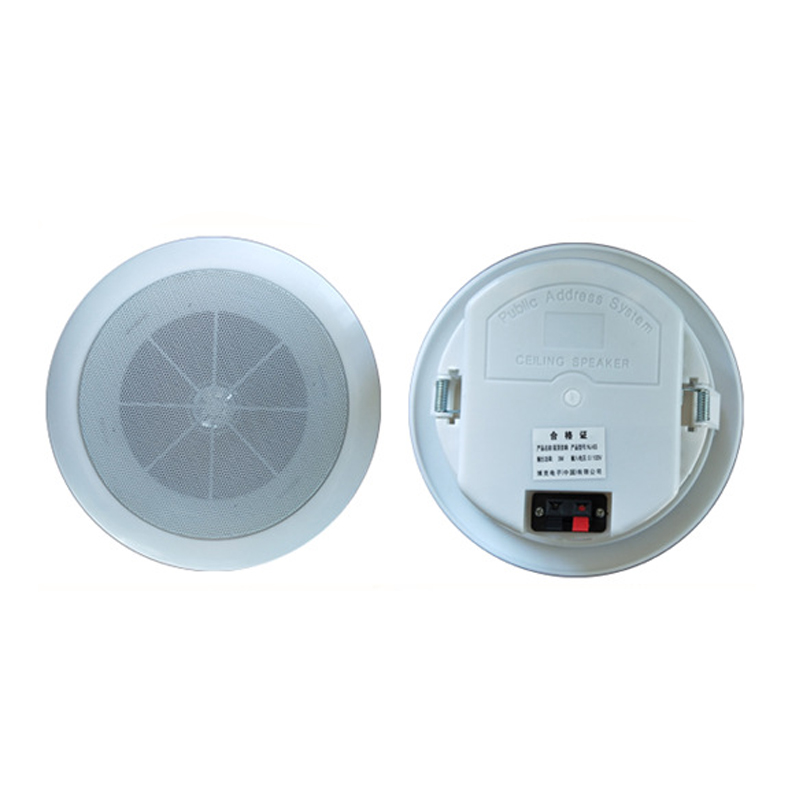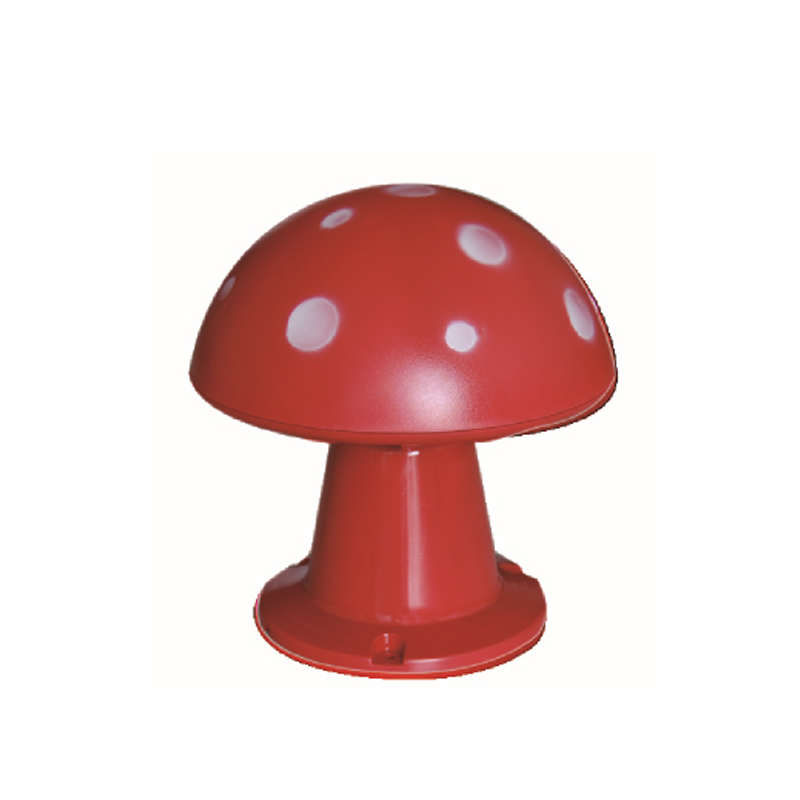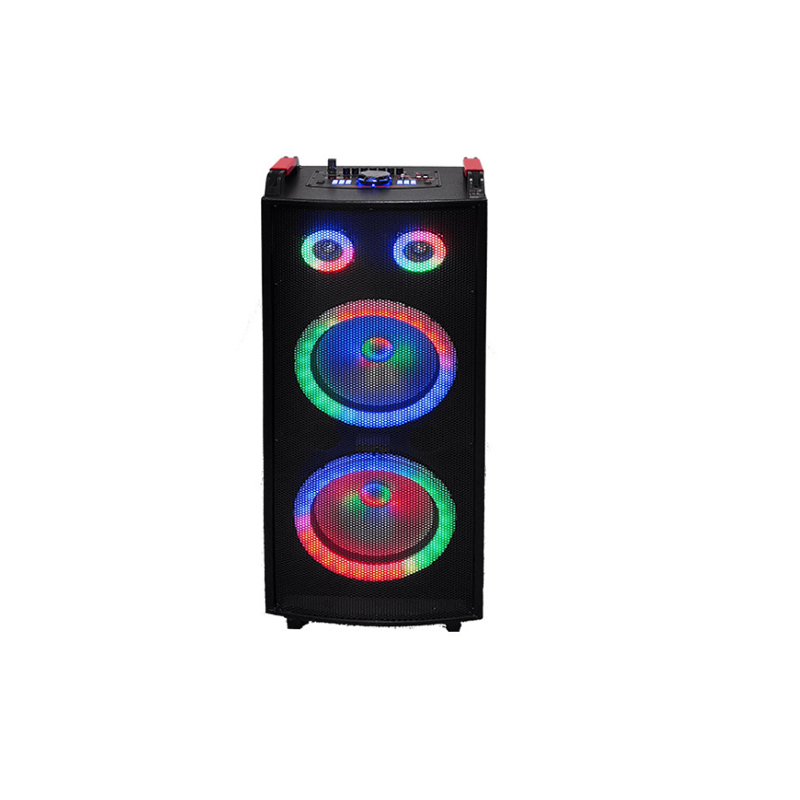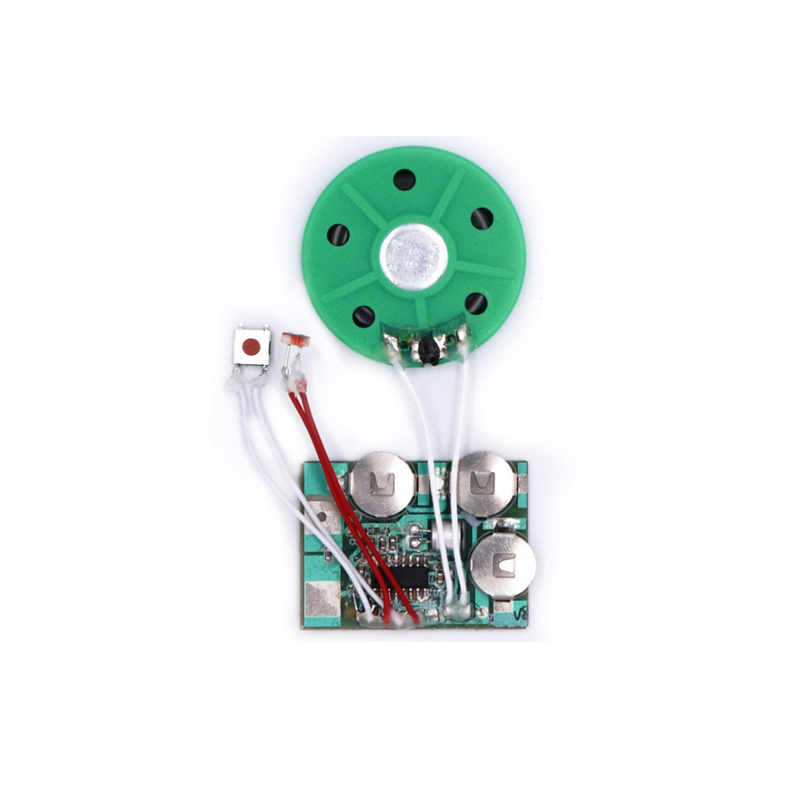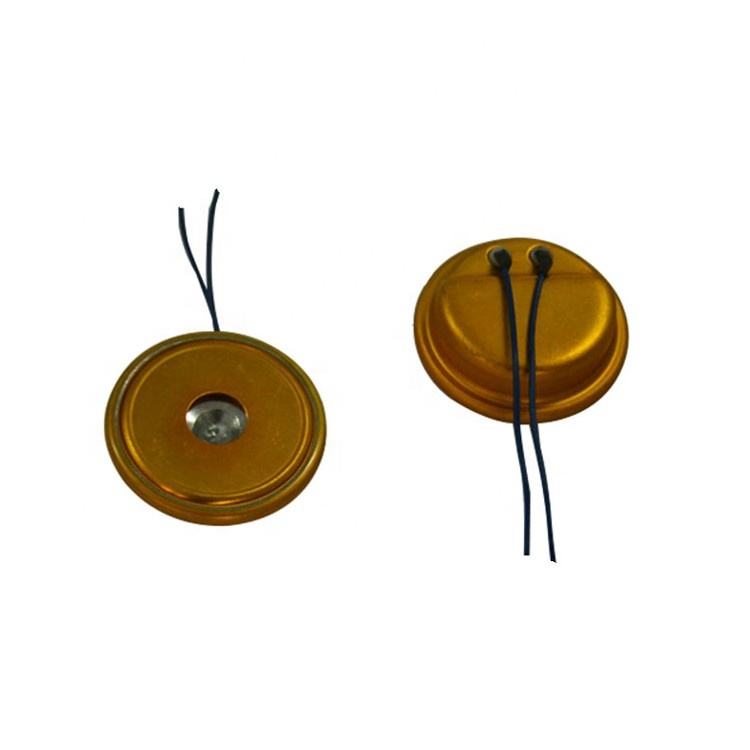How to understand the speaker and buzzer (acoustic components)
When it comes to phonation, we are most familiar with speakers, also known
as "sound" and "speaker". When computers and MCU development boards are used,
sometimes harsh and sharp sounds can be heard. This is another sounding device -
buzzer. How to figure it out, let's talk about it today.
Buzzer
It is often used for alarm, making a harsh sound, bee~, monotonous
The green board on the back and the + sign on the front are passive buzzers
(the so-called passive means that you need not only power supply and DC power,
but also input frequency to make sound)
Active buzzer
Which can make sound when supplied with DC power.
The "source" here does not refer to the power supply. It refers to the
source of shock. In other words, the active buzzer has an internal shock source,
so it will sound as soon as it is powered on.
The passive does not have an internal oscillation source, so it can't sound
with DC signal. It must be driven by 2K ~ 5K square wave.
Active buzzers are often more expensive than passive ones because there are
many oscillation circuits in them.
The advantages of passive buzzer are: 1. Cheap, 2. Controllable sound
frequency, which can make the effect of "Duolaimi FA solasi". 3. In some special
cases, it can reuse a control port with LED. The advantages of active buzzer
are: convenient program control
Speaker
The horn requires alternating current
The direct current cannot be connected, does not make a sound, and is
burned. (but I can make single tone sound in a short time without burning it
out)
Some people say that the horn should have a high or low level of a certain
frequency.
This is the horn on the toy car. It is controlled by two wires. There is no
difference between positive and negative. Connect the speek voltage from the cow
excrement chip.
Buzzer is usually directly welded on PCB board
The horn is usually installed outside the PCB board and connected with the
socket on the PCB board through the connecting line.
What is the difference between sound quality of stereo and earphone?
1、 Different range
1. Sound: the sound range of the playback sound of the sound system can be
divided into eight ranges: subwoofer, bass, bass, midrange, treble, tenor,
treble and treble.
2. Earphone: good sense of balance, never too bright or too dark timbre,
uniform distribution of high, medium and low frequency energy, natural and
smooth integration between frequency bands, without protrusion and burr.
2、 Different audio
1. Audio: audio frequency range can be divided into four frequency bands,
namely low frequency band (30 ~ 150Hz); Medium and low frequency band (150 ~
500Hz); Medium and high frequency band (500 ~ 5000Hz); High frequency band (5000
~ 20000hz).
2. Earphone: low frequency diving deep, clean and full, full of elasticity
and strength, without any feeling of fat and slow. If distortion is very small,
transparent and warm, human voice is kind and natural, thick, magnetic, no
exaggeration and nasal sound.
3、 Different degree of balance
1. Sound: the difference in the gain of the left and right channels in the
stereo playback system. If the imbalance is too large, the sound and image
positioning of the replayed stereo will be offset. The stereo balance of
high-quality sound system shall be less than 1dB.
2. Earphone: dynamic without obvious compression, with a good sense of
speed, no distortion or little distortion at high volume.




